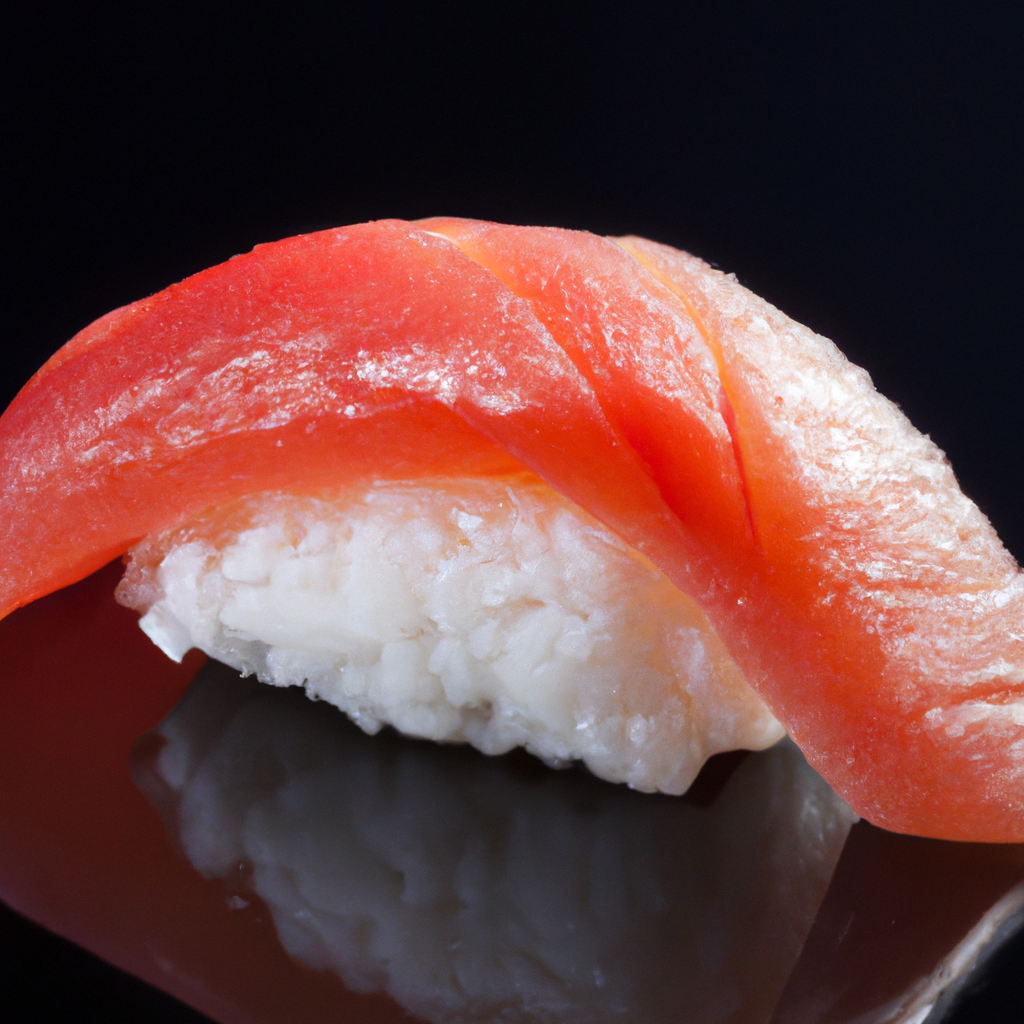The Art of Sushi: Unveiling the Magic of the Sushi Knife
The Art of Sushi: Unveiling the Magic of the Sushi Knife
When it comes to creating the perfect piece of sushi, there is one tool that stands above the rest - the sushi knife. This traditional Japanese culinary tool is not just an ordinary knife; it is the key to achieving precision, texture, and flavor in every slice of sushi.
In this article, we will dive deep into the world of sushi knives, exploring their rich cultural history, discussing their unique features, and providing insights into how they are used by sushi chefs to create the most exquisite sushi dishes. So, if you're a nature and food lover with a fascination for the art of sushi, keep reading to discover the secrets behind the sushi knife.
The Origins and Cultural Significance of the Sushi Knife
The sushi knife, also known as a 'Sashimi-bocho' in Japan, has a long and intriguing history that dates back hundreds of years. It is considered an essential tool in Japanese cuisine, where precision and attention to detail are highly valued.
Originally, sushi knives were crafted by skilled blacksmiths who used traditional forging techniques to create blades with exceptional sharpness and durability. These knives were made using special types of steel, such as high-carbon steel, which enabled them to maintain their sharpness even after repeated use.
The cultural significance of the sushi knife goes beyond its practical function. In Japan, the art of sushi-making is deeply rooted in tradition and is often seen as a form of art. Sushi chefs, known as 'Itamae', dedicate their lives to mastering the craft and honing their skills with the sushi knife. They follow a rigorous training process, which can take years, to achieve the perfect balance of technique, precision, and artistry.
Features and Design of the Sushi Knife
What makes the sushi knife unique is its design and specific features that allow for the precise and delicate cuts required in sushi preparation. Here are some key elements of a sushi knife:
- Length: Sushi knives typically range between 8 to 10 inches in length. This length provides the necessary control and maneuverability needed for making precise cuts.
- Shape: The blade of a sushi knife is slender and narrow, tapering towards the tip. This shape allows for clean, single-stroke slicing without tearing or crushing the ingredients.
- Blade Material: Traditional sushi knives are made from high-quality carbon steel or stainless steel. Carbon steel blades are known for their exceptional sharpness and edge retention, while stainless steel blades offer ease of maintenance and resistance to rust.
- Grind: Sushi knives have a single bevel grind, meaning that they are sharpened on one side only. This asymmetrical grind enables precise cuts and enhances the overall performance of the knife.
- Handle: Sushi knife handles are traditionally made from wood, such as magnolia or ho wood. These natural materials provide a comfortable grip and excellent moisture resistance.
The Artistry of Sushi Knife Techniques
Now that we have explored the origins and features of the sushi knife, let's take a closer look at the techniques used by sushi chefs to create stunning sushi dishes:
- Slicing: The sushi knife's sharpness and precision make it the perfect tool for slicing raw fish and other ingredients. Sushi chefs master the art of slicing to achieve consistent, thin slices that enhance the texture and taste of the sushi.
- Mincing: Sushi knives can be used to finely mince ingredients such as garlic, ginger, or herbs. The knife's sharp edge allows for effortless mincing, ensuring that the flavors are evenly distributed throughout the sushi.
- Deboning: When working with fish, sushi chefs often use the sushi knife to remove bones, ensuring that the final dish is bone-free and ready to be enjoyed.
- Garnishing: Sushi chefs also utilize the sushi knife's precise cuts to create beautiful garnishes and decorations for their sushi dishes. These delicate details add visual appeal and elevate the overall presentation.
Choosing and Caring for Your Sushi Knife
If you're a nature and food lover interested in exploring the art of sushi at home, having a quality sushi knife is essential. Here are a few tips for choosing and caring for your sushi knife:
- Quality: Invest in a high-quality sushi knife made from authentic materials. Look for knives crafted by reputable Japanese knife makers known for their craftsmanship.
- Maintenance: To maintain the sharpness and longevity of your sushi knife, it's essential to care for it properly.
- Storage: Store your sushi knife in a protective sheath or knife block to prevent damage and maintain its edge. Avoid storing it in a drawer or with other utensils to prevent unnecessary wear and tear.
Conclusion
The sushi knife is a remarkable tool that brings the art of sushi to life. Its precision, craftsmanship, and cultural significance make it an essential component in creating the perfect sushi experience. Whether you're a sushi enthusiast or a professional sushi chef, understanding the techniques and choosing the right sushi knife will elevate your sushi-making skills to new heights. So, embrace the magic of the sushi knife and embark on a culinary journey filled with delicious flavors and breathtaking aesthetics.
For more information and a wide selection of authentic Japanese culinary tools, visit Livana Natural.
 Oct05.chat.1pass.nature and food lovers.sushi knfie
Oct05.chat.1pass.nature and food lovers.sushi knfie

